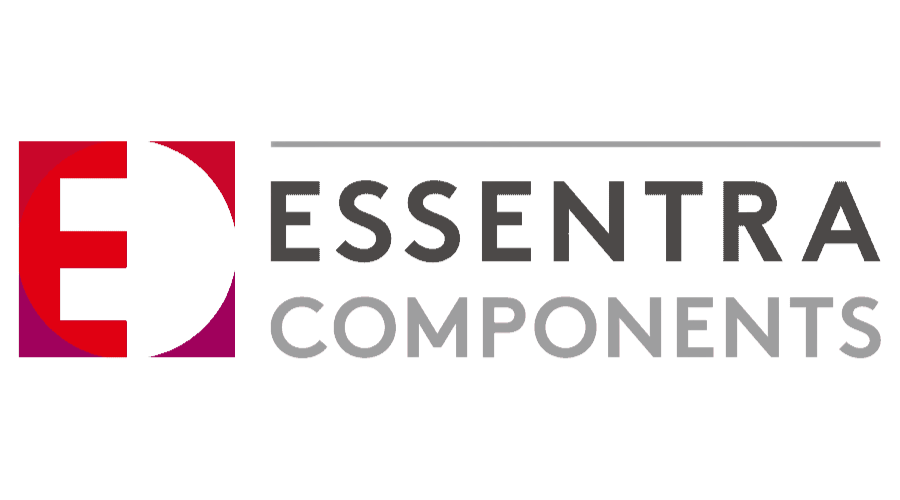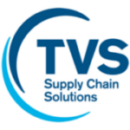How MTD Improved Cash Management with Cashbook.
MTD Products, founded in 1932 and a worldwide leader in designing and building durable, easy-to-use outdoor power equipment for lawns and gardens, were struggling to manage and control the deductions management and cash application processes across multiple banks and markets, namely Europe, North America, Asia, Australia and South America.
They sought a solution to help speed up and improve the efficiency of their deductions management processes so that they could focus resources on higher value work. They found Cashbook.
Challenge
Manually processing 10,000+ deductions per day
Redundant, repetitive manual processes incurred huge costs
Inefficient business information systems and a reliance on paper (i.e. the use of printed deduction forms) meant MTD Products were manually processing up to 10,000 individual deductions per day. MTD Products needed a dedicated team of eight full time staff to process this high volume of deductions. The deductions management team spent the majority of their time sorting through and investigating the source of deductions with an ‘unknown’ reason code. Each validated deduction was then handwritten in order to issue credit. An expensive resource spent on low value, mundane tasks.
As MTD expanded its reach into new markets, this labour intensive deductions management process escalated, drawing on even more company resources. As well as slowing down deductions allocation, it impacted the speed of credit collections and the ability of the sales team to develop customers and grow sales. MTD needed to find a better, faster, easier way to allocate deductions and move their teams to higher value work.
Working capital trapped in OTC processes
As well as exhausting resources on low value tasks, the deductions management process was leaving significant sums of money on the table; deductions less than $25 were not re-paid by some customers. For MTD Products, these low value amounts did not justify the significant time investment required to investigate, follow up and close off. And as smaller value items made up a huge slice of MTD product sales, this amounted to a substantial loss of cash each year. MTD needed to find a way to easily bundle deductions and allocate larger amounts to customers.
Solution
Unlocking Excel and EDI files for automation of deductions and invoices
Cashbook is a cash management solution which automates the cash application, accounts payable and bank reconciliation processes. A proven solution enabling more automation, functionality and control of cash management processes than ever before. Easily tailored to individual needs, Cashbook software integrates with all major banks and ERPs, supports over 50 languages and has been implemented in more than 25 countries.
Cashbook’s Deductions Management Automation module provides extra capability within Cashbook’s Cash Application software. Users can easily create deductions with reason and deduction codes directly from remittance data for any ERP system. The Deductions Management Automation module can be adapted to any bank file or customer remittance format.
MTD Products implemented the Cashbook Deductions Management Automation module and within weeks they had automated 80% of deductions allocation and were releasing working capital previously trapped in their order-to-cash processes. Cashbook Deductions Management Automation module automatically uploads 200 EDI customer remittances per month. The module enabled the auto-assignment of reason codes based on customer references, deduction bundling and the auto-creation of deductions for short paid invoices.
We now have the ability to work through all items including smaller deductions that received little to no attention in the past.
Automated assignment of reason codes
Cashbook algorithms automatically assign deduction reason codes based on references. Assigning reason codes at the cash application stage means they are fed directly into the accounts receivable ledger when posting cash, thus eliminating the need for MTD’s credit collections or deductions team to manually work with each deduction before it can be followed up.
Cashbook auto-assignment of reason codes based on references
Some typical examples
- Home Depot: starts with ‘OS’= RETURN
- Sears: starts with ‘06’= SHORTAGE; ‘12’= RETURN
- Costco: starts with ‘RTV’= RETURN
Other: Suppliers such as Ace Hardware, Lowes and others have different references starting and ending with particular characters. Cashbook’s deductions management algorithms are configured to identify and link to the appropriate deduction reason code.
Deductions are also taken in the form of credit memos on the EDI, which might not have a particular identifiable reference. If a particular text reference is provided in a ‘note’ field on the EDI file, this is also used to identify types of deductions and assign a code accordingly, further speeding up the deductions management process for MTD.
Deductions taken in the form of credit memos on the EDI
A typical example
Home Depot often reference Trade Discounts in the ‘note’ field on the EDI. The credit memos reference looks like an invoice number and therefore does not have an identifiable reference. Using the ‘note’ field from the EDI, Cashbook can identify that the credit was taken as a Trade Discount and thus assign the relevant deduction reason code. The Deductions Automation algorithms are configurable within Cashbook, so if customers change their references, the Cashbook Deductions Automation module itself does not require any additional programming changes.
Deduction bundling replacing smaller, low value deductions
The Cashbook algorithm groups deductions that fall within the configured criteria and bundles them into one total deduction. MTD posts this one large deduction to the customer account, replacing the need to post a large volume of low value deductions. And as some of MTD’s larger customers do not re-pay deductions for less than $25, this has allowed MTD to capture previously lost capital. The recouped revenue has had a significant impact on the bottom line for MTD.
Features of deductions bundling functionality within Cashbook
- Deductions that fall within the configured criteria are bundled into one total deduction amount, rather than posting a large volume of small deductions.
- Different bundling rules can be defined for different bill-to customers.
- Cashbook retains the original created deductions (prior to bundling) in its transaction history, so that the source of the bundled deduction can be traced back.
Automatic creation of deductions for short paid invoices
Cashbook algorithms automatically create a deduction if an invoice is short paid, even if the deduction itself isn’t listed as a remittance. The deductions specifics are configurable by MTD and subject to a maximum amount guaranteeing that MTD have full control over the process.

Outcomes
A complete transformation of the MTD deductions management process
Faster, more accurate financial reporting
Cashbook algorithms automate much of the deductions management process, significantly reducing the time for the cash application person to apply cash and close off. A streamlined process, allowing the cash application team to focus on more value added tasks.
Less work for the deductions team
Assigning deduction codes at the cash application stage means they feed into the accounts receivable ledger when posting cash, thus eliminating the need for the deductions management team to manually work with each deduction. Instead, they simply need to check codes and then ‘credit’ or ‘re-invoice’. A smoother, quicker process.
Reduced workload for the credit collections team
The credit collections team get their figures updated faster, meaning that they save time previously wasted by phoning customers who have already paid. Now, the team can focus on truly delinquent customers rather than being led astray due to time lags in the system.
A more active sales team
Any delays in recording cash received directly impacts on the sales team ability to sell. The faster invoices are recognized as being paid, the more the sales team can sell to these customers. An automated deductions management process helping to drive more revenue.
Unlocked trapped capital
Working capital is directly influenced by having a more intelligent deductions management process. Auto assignment of reason codes has reduced the number of unknowns within the system, while deduction bundling allows for the capture of smaller values that would have previously been written off. A smart deductions management process driving more business capital.
Results
Within the first year:
80% of MTD deductions are now automated
Repaid deductions increased by over 40%
Reduced headcount of deductions team from 8 to 6 people






Great product, Great team, Great support! This product has paid for itself many times over and was the best decision we made!







